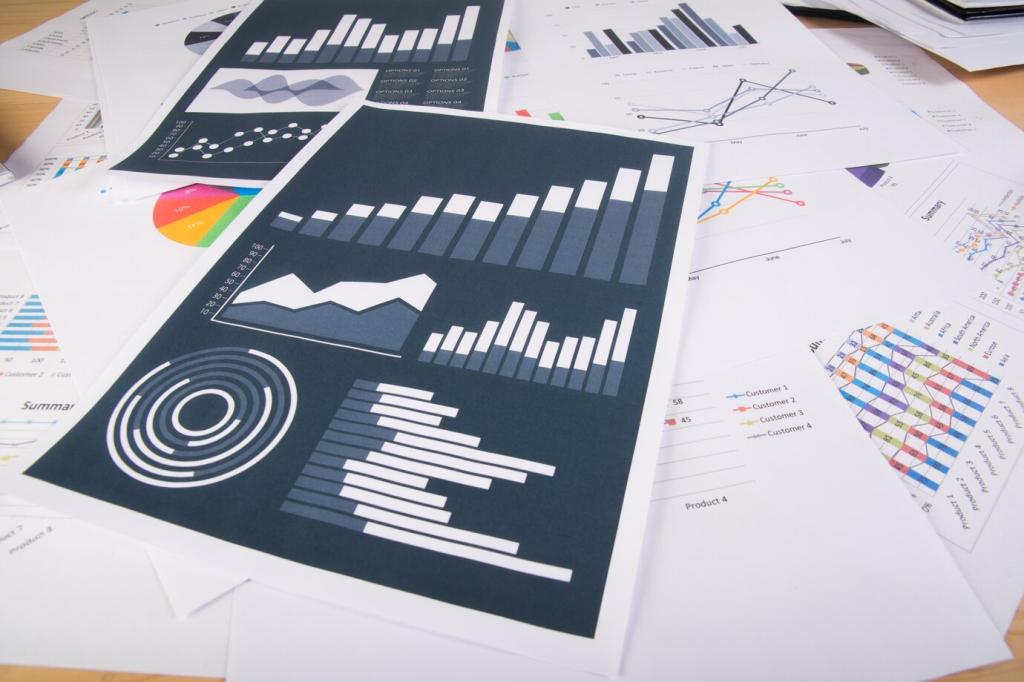Time-Series Diagnostics for Growth
Filters like HP, Baxter–King, or local linear trends help separate persistent growth from short-run fluctuations, but parameter choices matter. We once misread a policy effect that vanished after a robustness check. What’s your favorite filter, and how do you justify it?
Time-Series Diagnostics for Growth
Bai–Perron break tests and Markov switching models can locate growth regime changes—often lining up with crises or reforms. In one case study, the 1997 shock caused a lasting productivity level drop. Run a break test and share if your economy’s turning points surprised you.
Time-Series Diagnostics for Growth
Granger causality and Johansen cointegration test whether investment, productivity, and output share stable long-run relationships. Results guide narratives beyond coincidence. Try testing cointegration between capital deepening and GDP, then post whether the relationship survives alternative sample windows and lags.
Time-Series Diagnostics for Growth
Lorem ipsum dolor sit amet, consectetur adipiscing elit. Ut elit tellus, luctus nec ullamcorper mattis, pulvinar dapibus leo.







